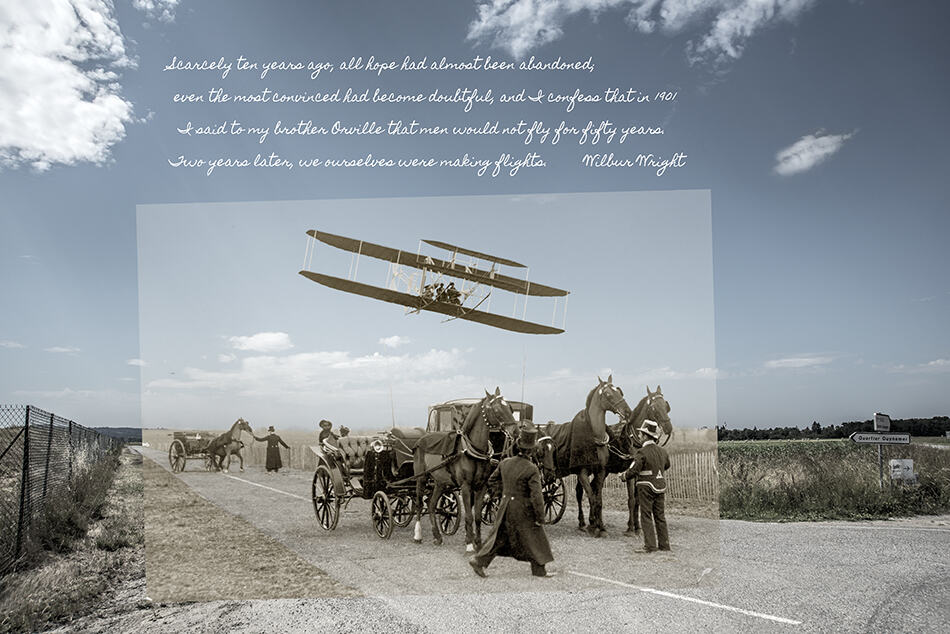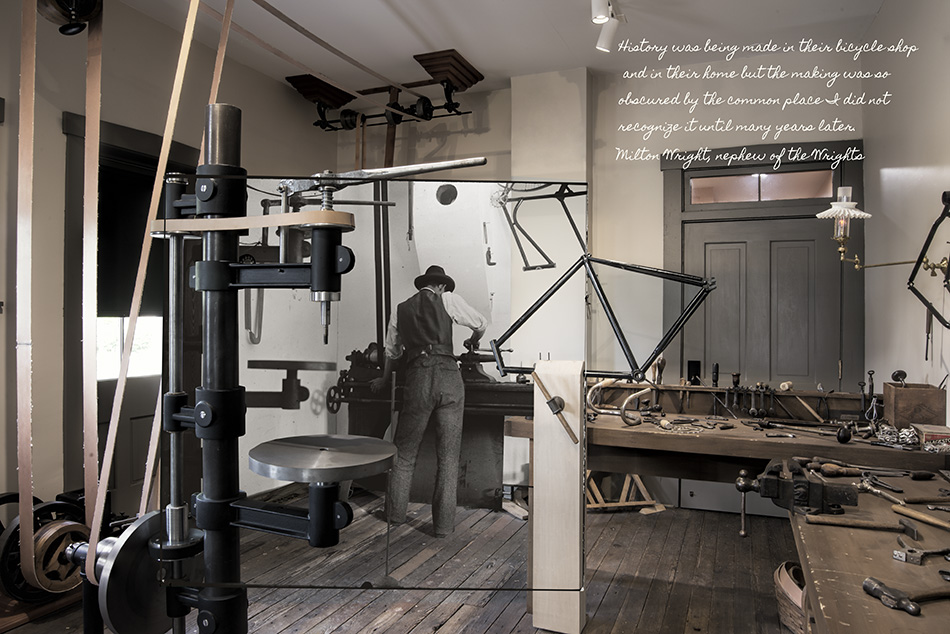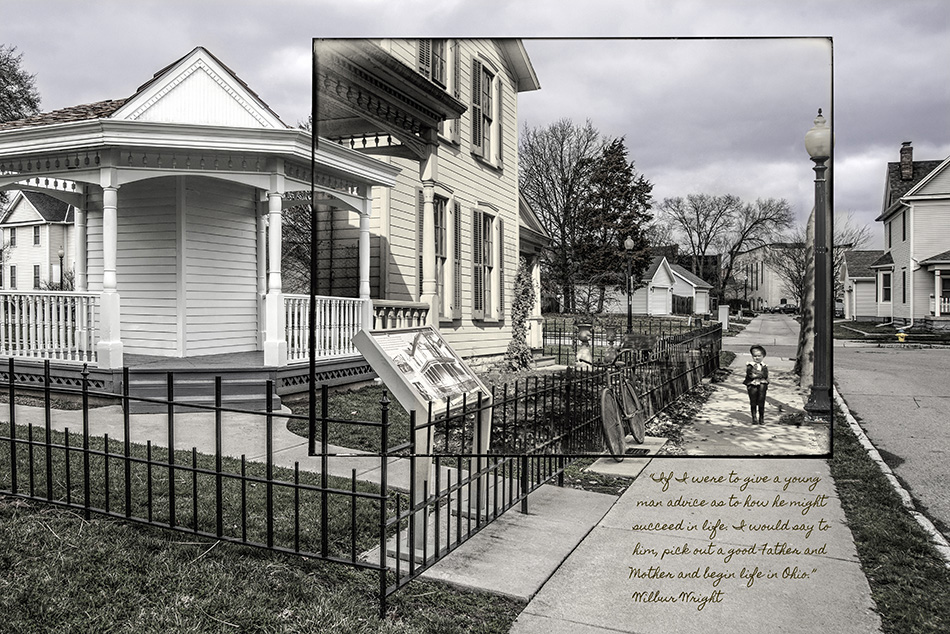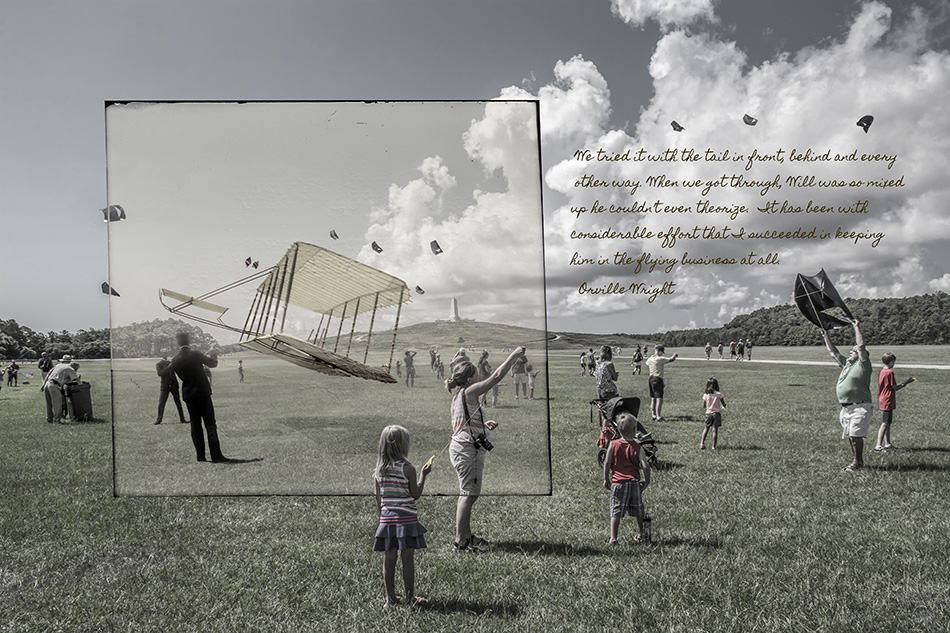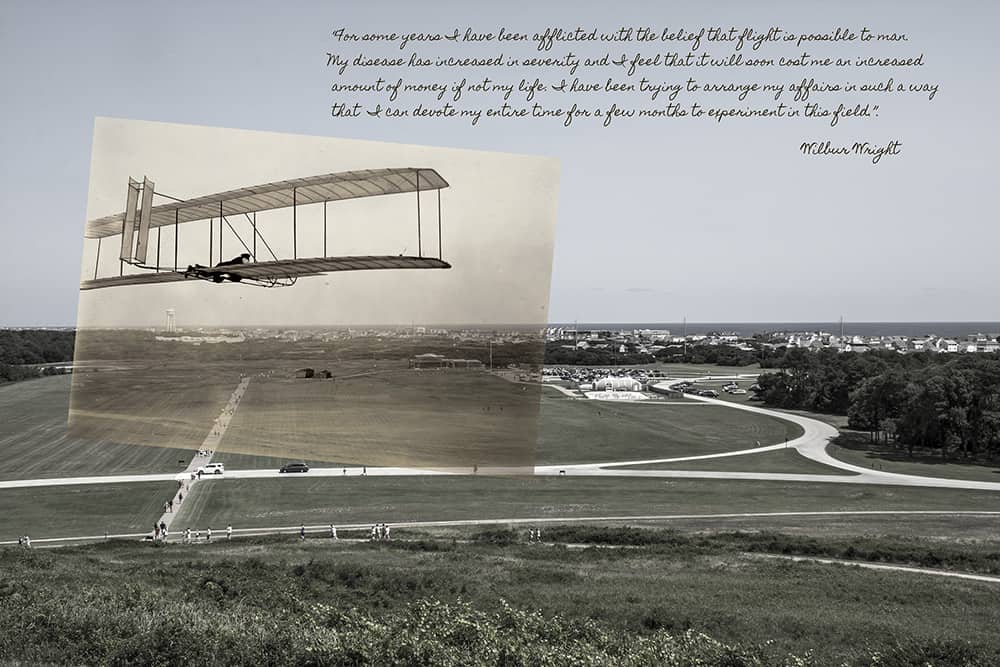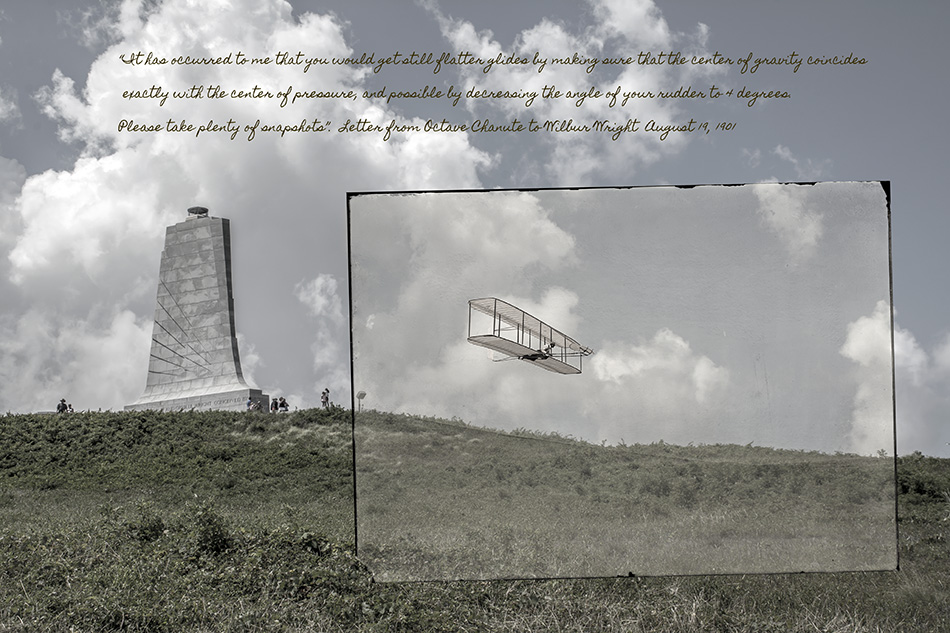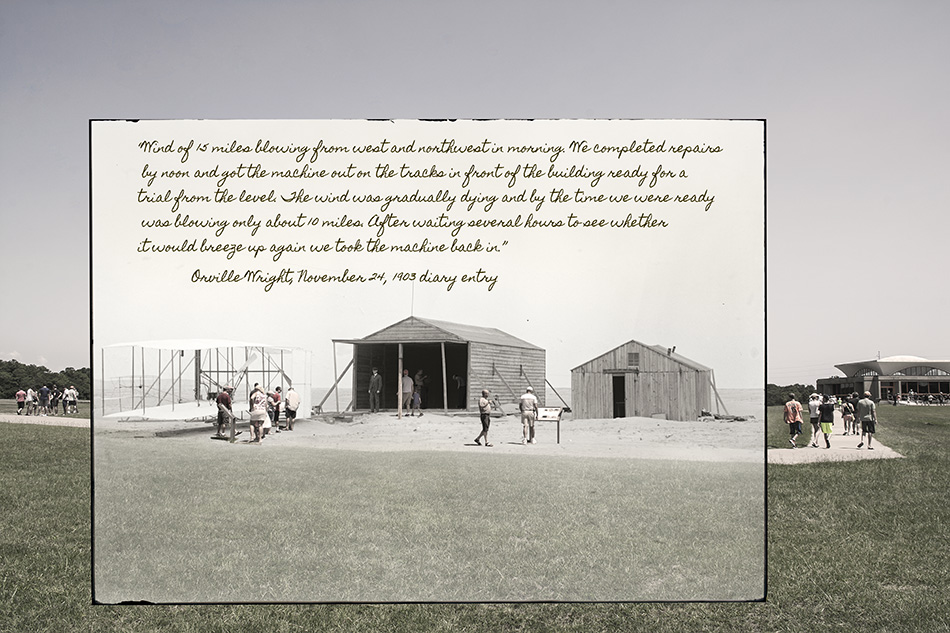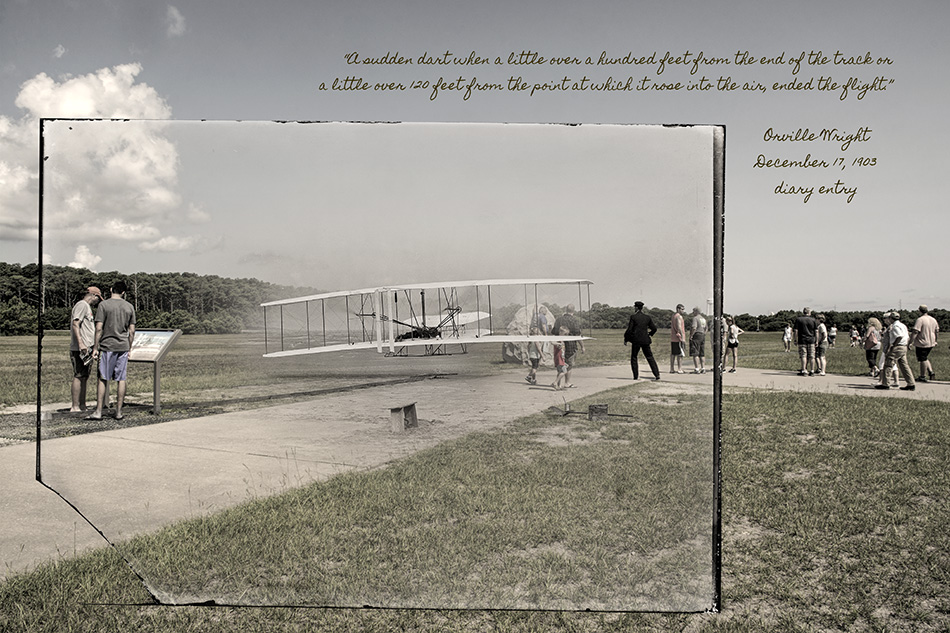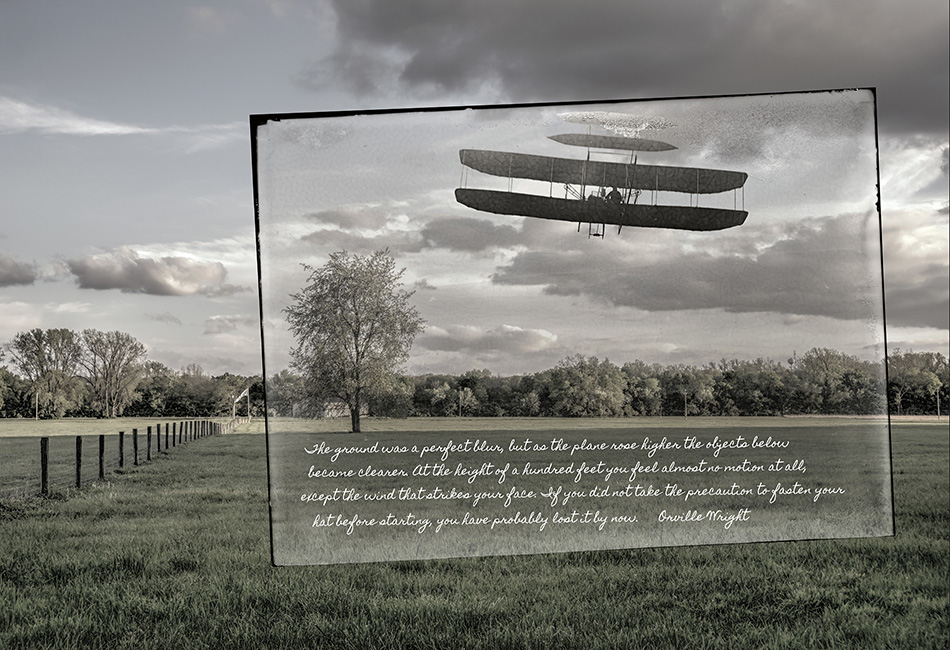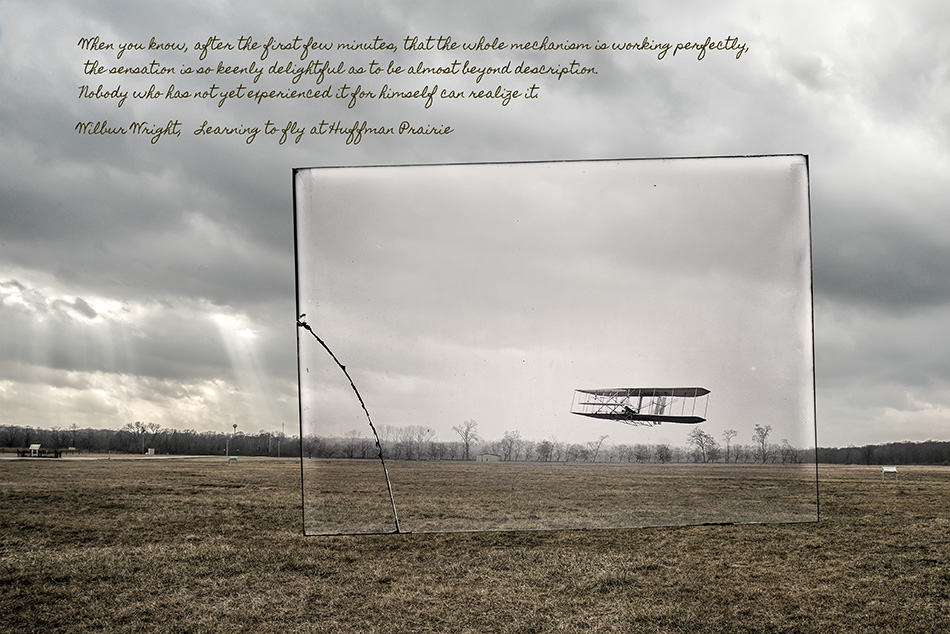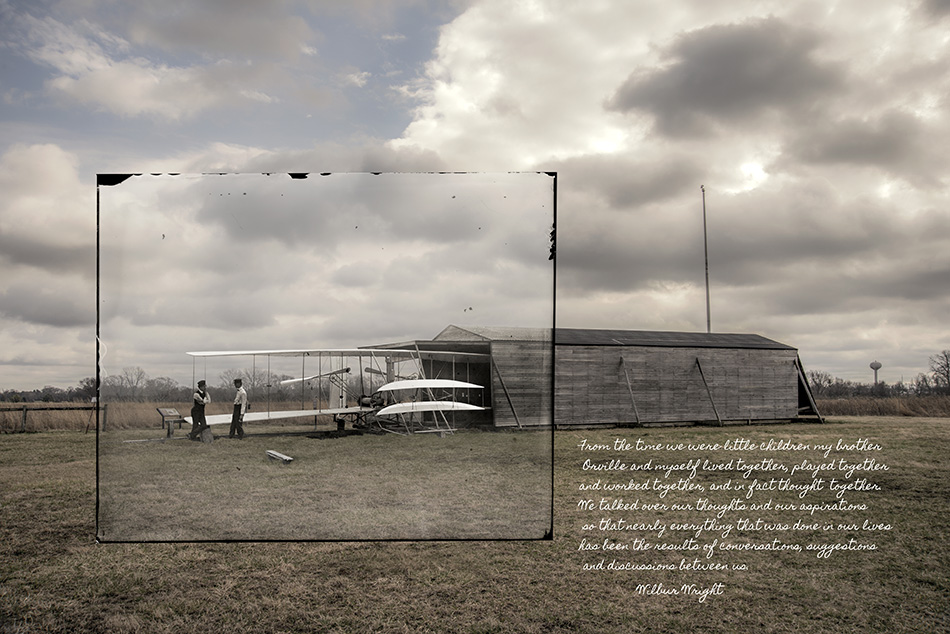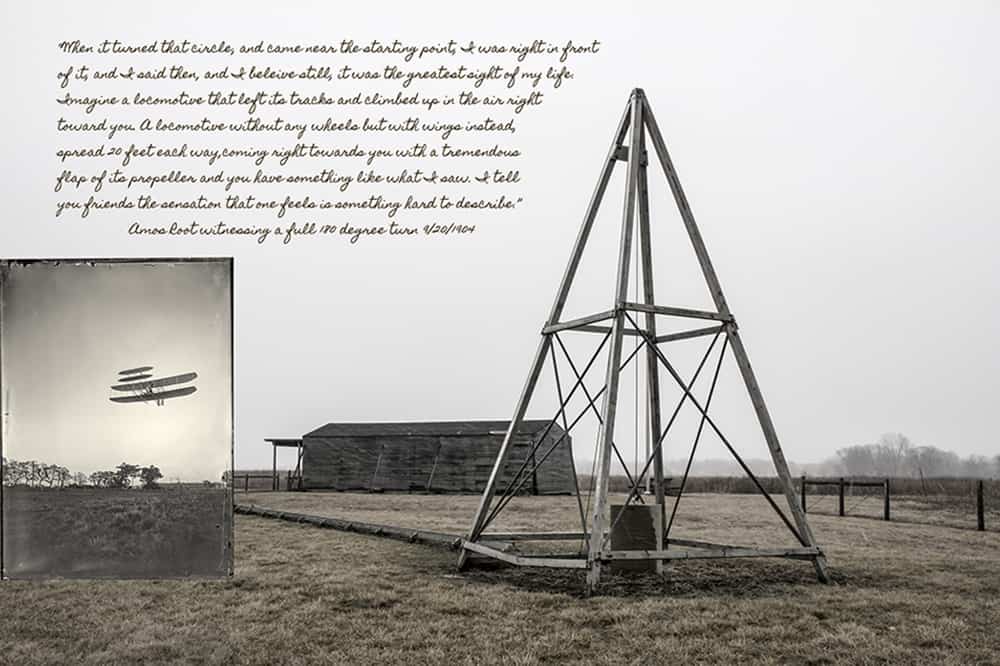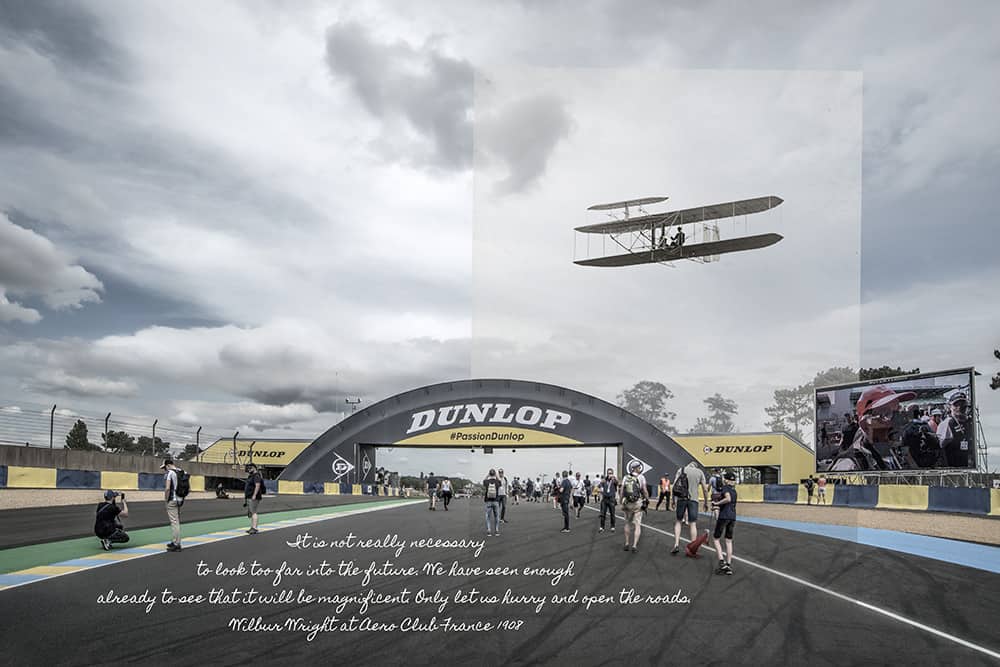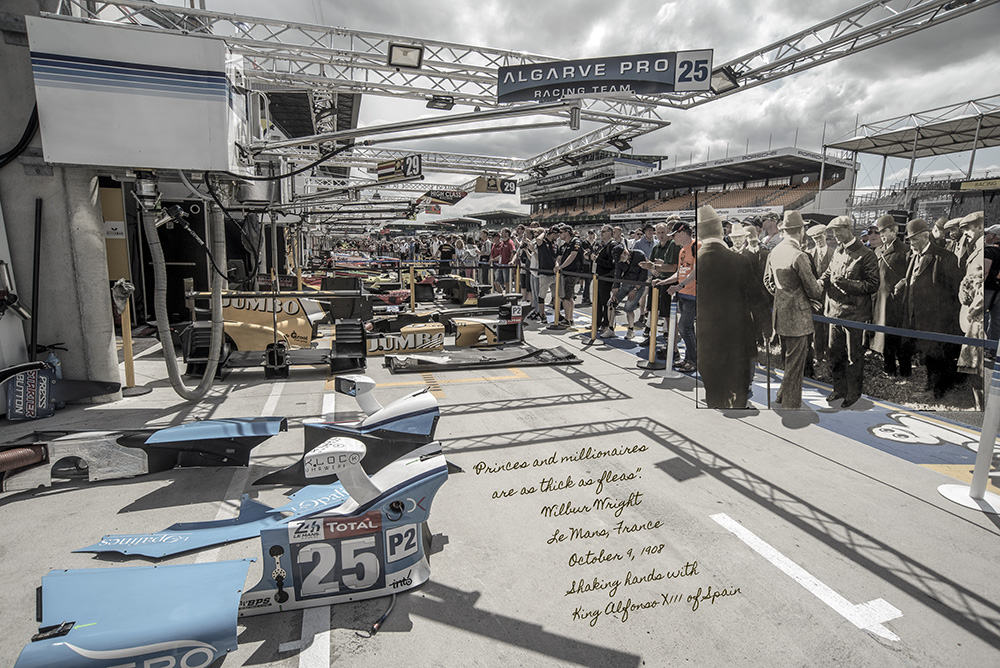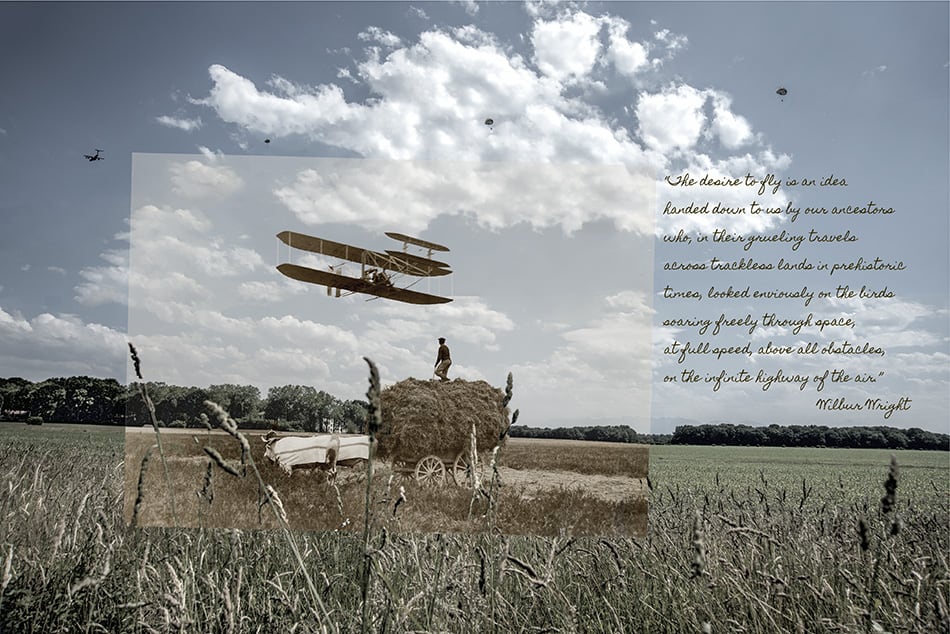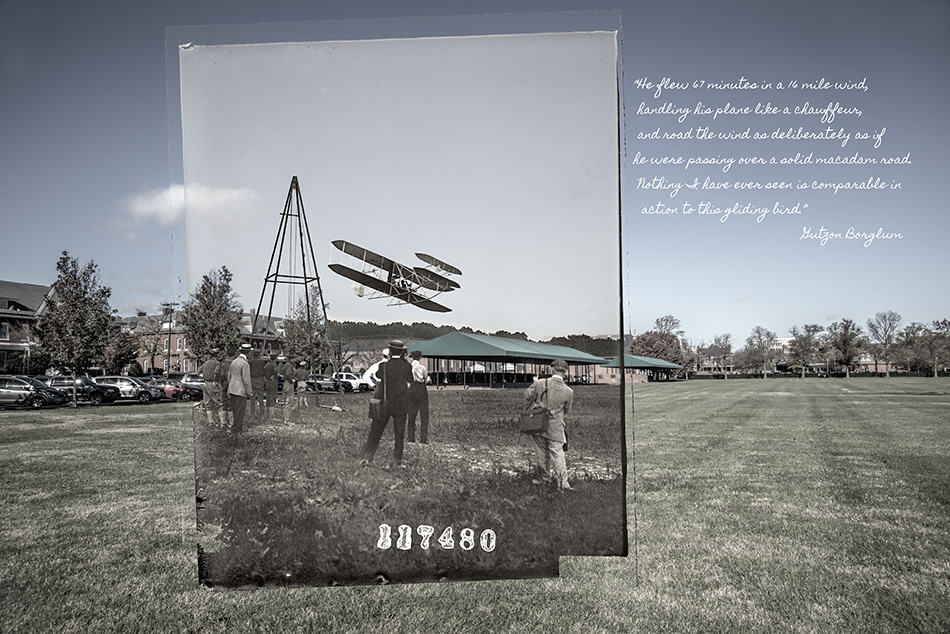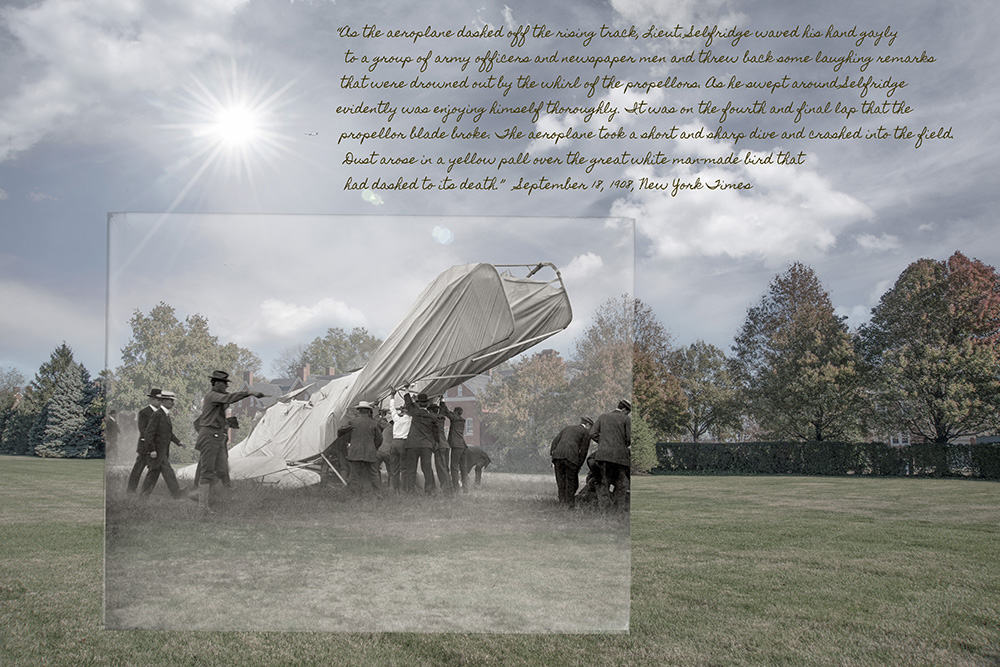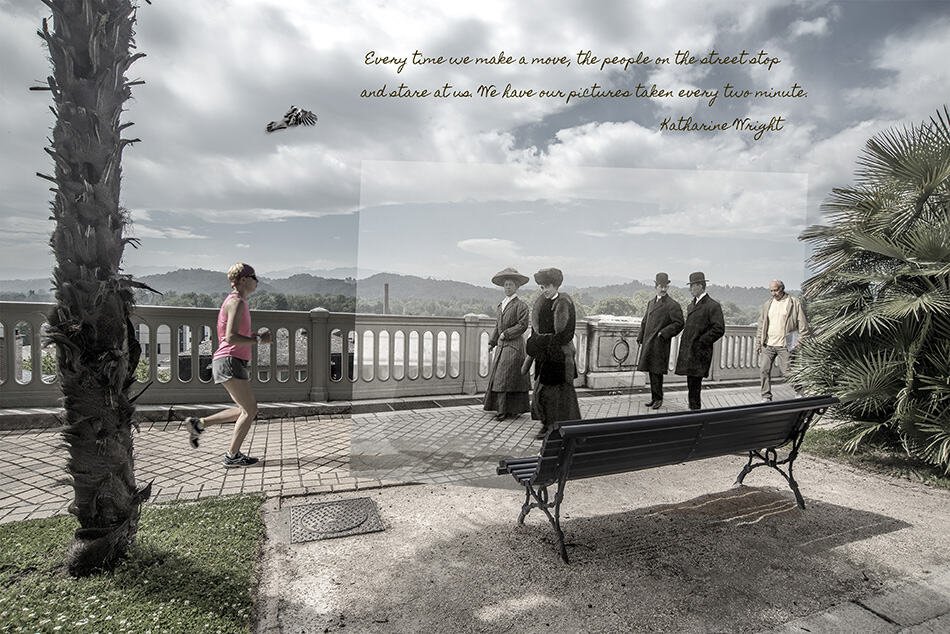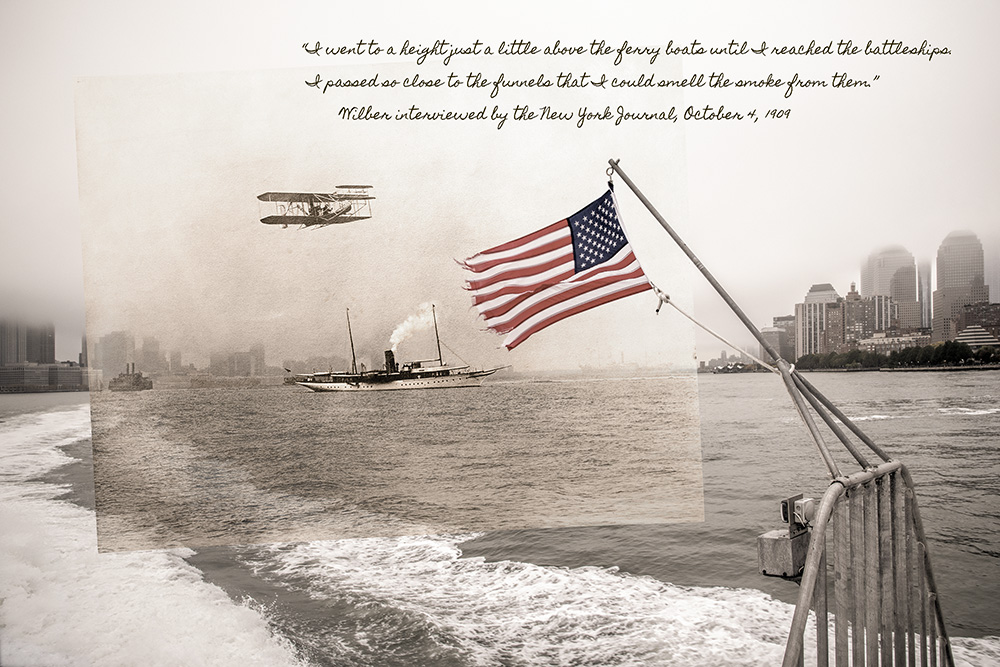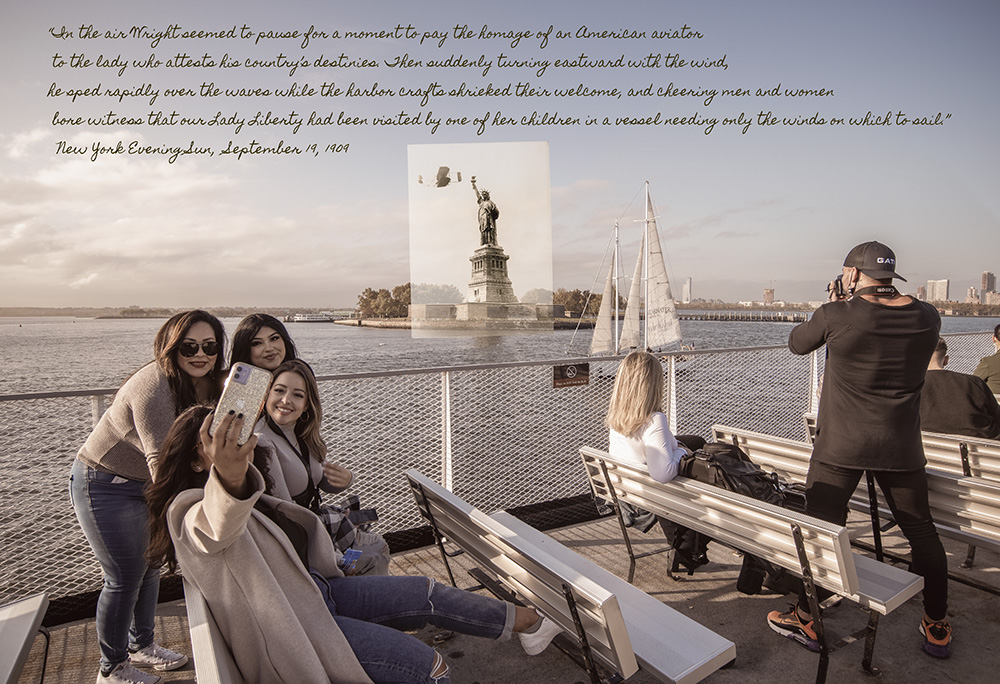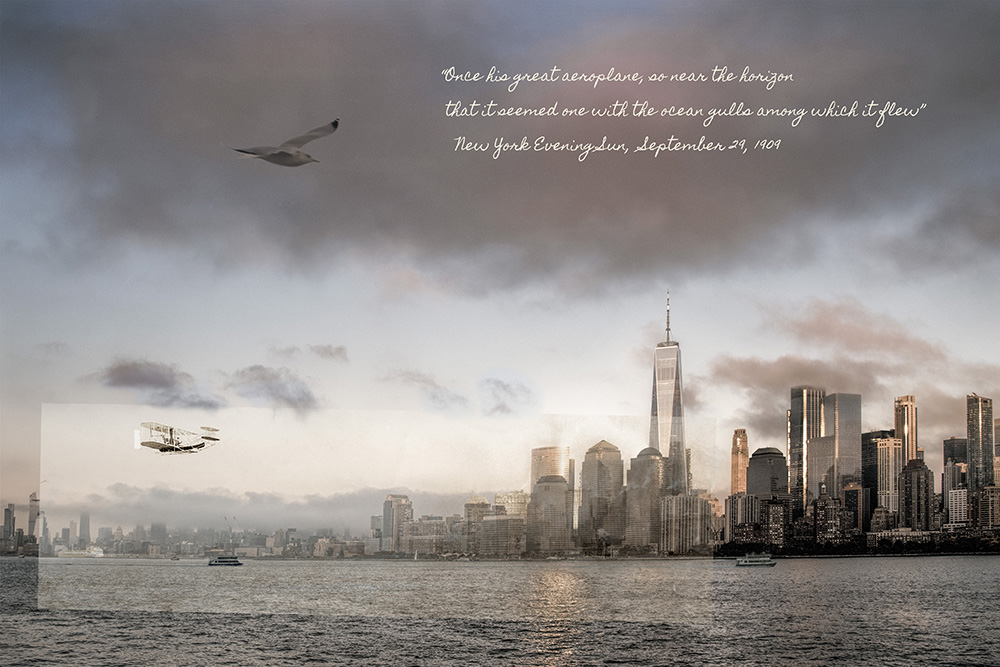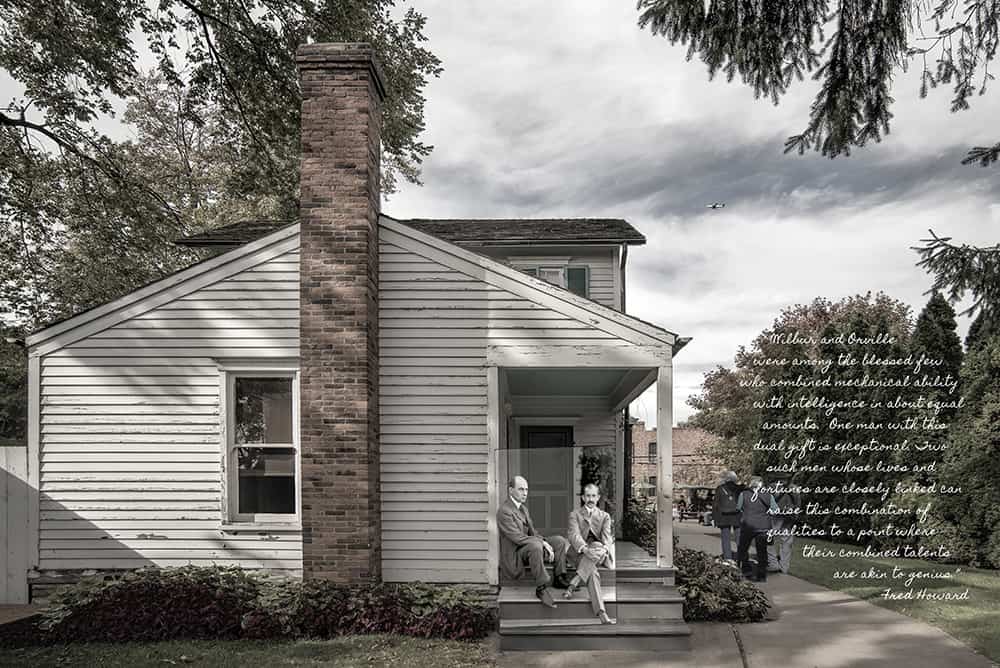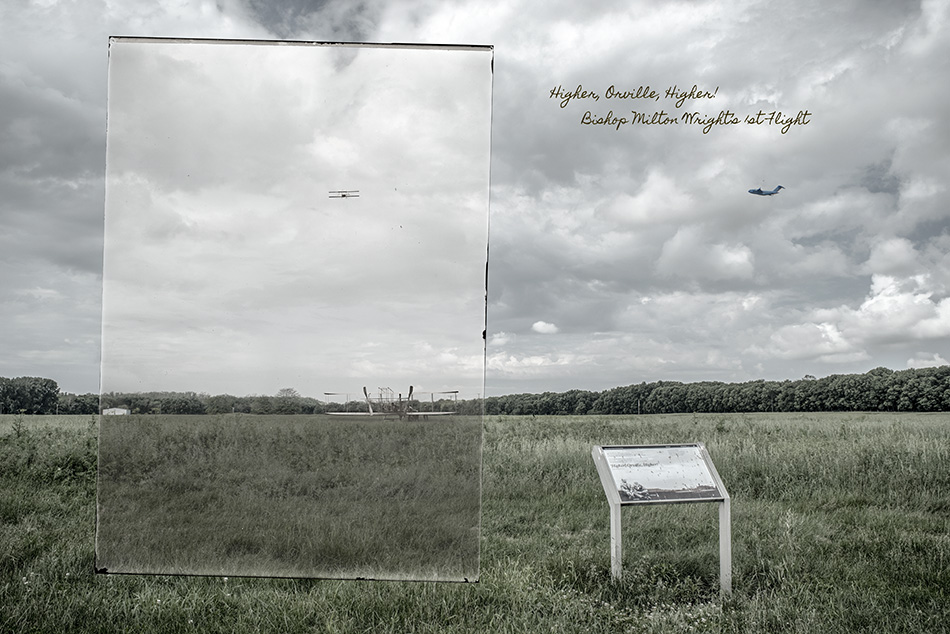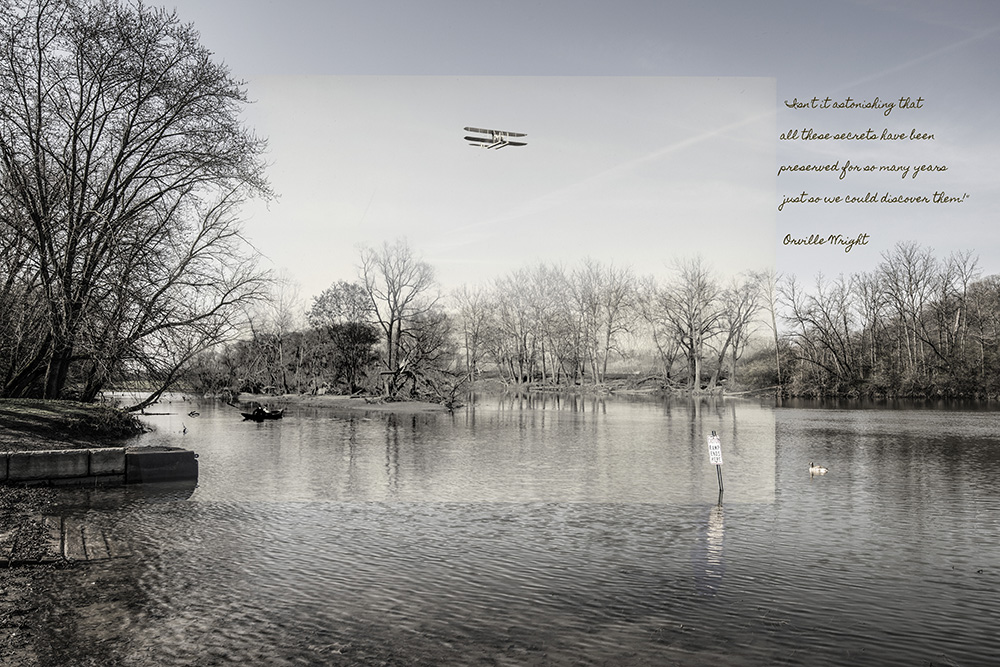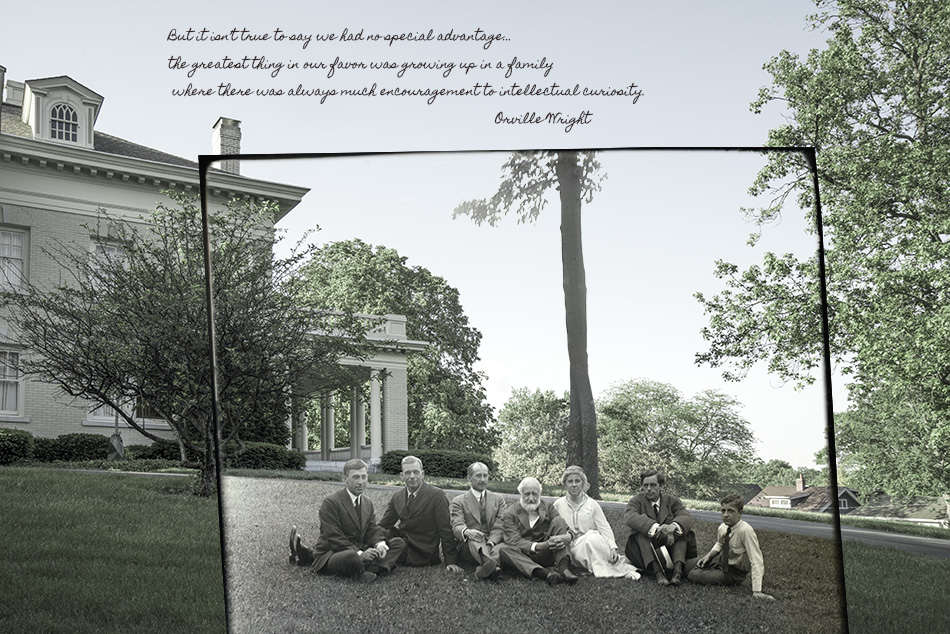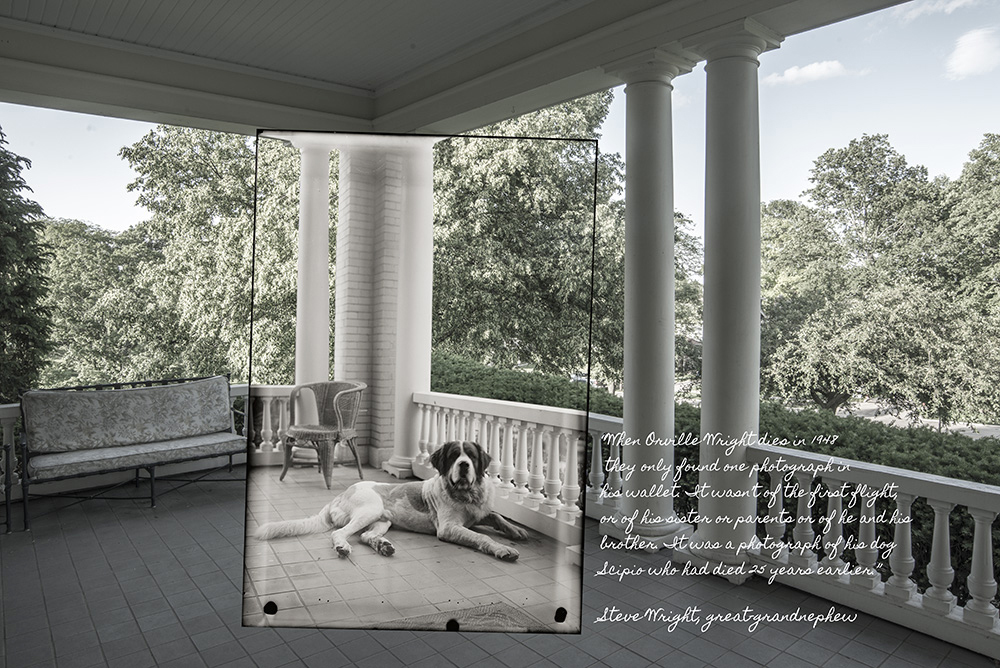Wright Brothers Fine Art Photographs
Discover the Legacy of the Wright Brothers Through Dan Cleary's Unique Photographic Journey
Photographer Dan Cleary Honors Wright Brothers' Legacy in Stunning Photography Series
Wilbur and Orville Wright, Early Aviation History and Photography
Discover this collection of Wright Brothers’ fine art photographs dedicated to the remarkable legacy of the aviation pioneers. Delve into the rich history of early flight experimentation as documented by Wilbur and Orville Wright. These captivating images, archived at prestigious institutions such as the Library of Congress and Wright State University Library, offer a unique glimpse into the birth of aviation. Renowned photographer Dan Cleary masterfully blends past and present, seamlessly intertwining historical photographs with contemporary scenes. Each image is accompanied by what appears to be handwritten notes, providing an immersive experience that transports you back in time to the era of the Wright Brothers’ groundbreaking achievements. Experience the magic of early aviation through the lens of these evocative artistic images of aviation pioneers, the Wright Brothers. These Wright Brothers fine art photographs are available in sizes 12” x 16” matted to 24” x 36” framed photos. When you click on each picture, you will be taken to Dan’s e-commerce site.
Fine Art Photography of the Wright Brothers
The Wright Brothers, pioneers of aviation, recognized the importance of photography in documenting their experiments and achievements.
Orville and Wilbur Wright understood that visual evidence was crucial for recording their progress, analyzing their flights, and sharing their discoveries with others. They used photography as a tool to capture the details of their aircraft design, test flights, and the dynamics of flight itself.
One of the most famous photographs of the 20th century is the iconic Wright Brothers’ early aviation image of the first powered flight at Kitty Hawk, North Carolina, on December 17, 1903. This photograph, taken by John T. Daniels, captured the historic moment the Wright Flyer took to the skies.
In 1904, the Wright Brothers worked on their flying machine at Huffman Prairie without witnesses. During this time, Amos Root from Medina, Ohio, owner of a beekeeper’s supply business, contacted the brothers. He wrote a newsletter called The Gleanings in Bee Culture and was known as the “Bee Man of Ohio.” On Tuesday, September 20, 1904, he arrived at Huffman Prairie to watch Wilbur fly the airplane in a complete circle. He enjoyed publishing stories of new technology and was the first person to write about Wilbur and Orville’s accomplishments in his newsletter.
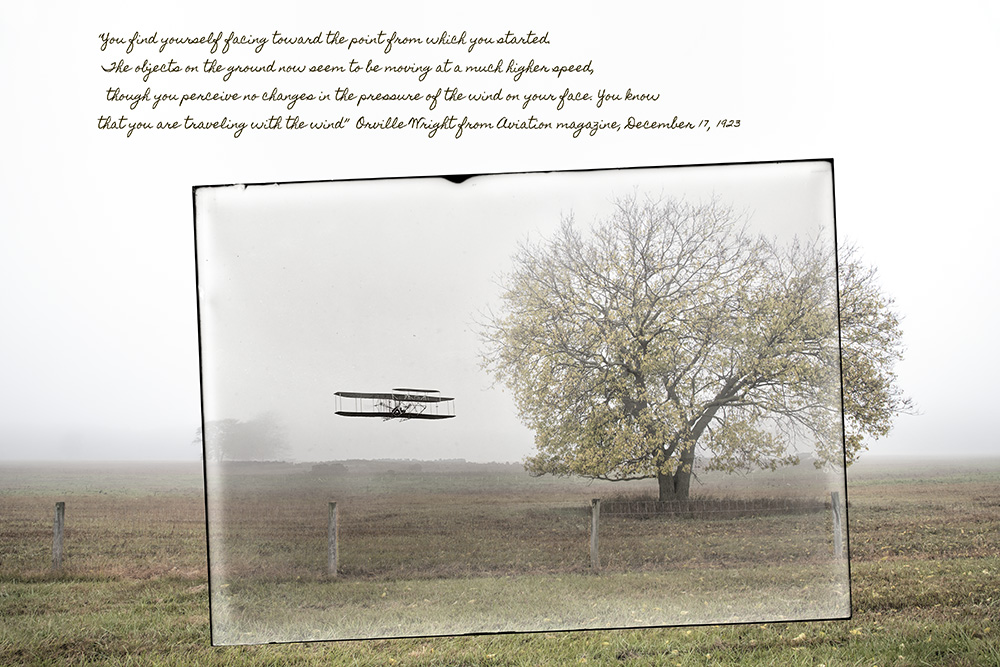
The historical photograph of Flight #23 was taken at Huffman Prairie on September 7, 1905. Orville was at the controls, making two complete circles of Huffman Praire in 2 minutes and 45 seconds.
Artistic Images of Aviation Pioneers the Wright Brothers
I created my photography series, Wright Brothers: Then and Now on a tranquil and slightly snowy February day, I decided to see Huffman Prairie in Dayton, Ohio, where the Wright Brothers perfected flight. Dayton is my hometown, and yet I had never visited. Standing there on that cold and snowy day transformed me. I could feel the fluctuation of past and present. The seeds for this series of photo art were planted in my heart.
The road out of Pau, France, to the current airport is where Wilbur made his flights. Much of that area is now part of a French military base. While stopped at the side of the road to create photographs, French paratroopers conducting training started dotting the sky.
On Thursday, September 3, 1908, Orville made his first test flight for the U.S. Army at Fort Myer. Fort Myer is in Arlington, Virginia, just outside Washington, DC. Arlington National Cemetery surrounds the base, and Fort Myer is currently the home base for the military Joint Chiefs of Staff.
On September 17, 1908, Lieutenant Thomas Selfridge flew as a passenger with Orville Wright as he demonstrated a Wright Flyer for the U.S. Army at Fort Myer. The plane crashed into the ground, seriously injuring Orville and killing Lieutenant Selfridge, thus becoming the first person to die in an airplane crash.
The historical photo is of Katharine Wright, Countess Cordelia de Lambert, Orville Wright, and Wilbur Wright strolling along the Boulevard des Pyrénées in Pau, France. By this time, the Wrights had become worldwide celebrities, and their movements were captured by photographers everywhere they went.
In the fall of 1909, New York and New Jersey had a commemoration of the 300th anniversary of Henry Hudson’s discovery of the Hudson River and Robert Fulton’s 100th anniversary of the paddle steamer. It was called the Hudson-Fulton Celebration. Wilbur Wright gave flight demonstrations on the Hudson River as part of the celebration.
The photograph of Wilbur and Orville was taken in June of 1909 of the brothers sitting on the back porch of their home at 7 Hawthorn Street in Dayton, Ohio. Wilbur spent the previous year in Europe, thrilling the world with his flight demonstrations. Orville made successful test flights for the government in Washington, D.C. The two men were now world-famous.
On May 25, 1910, friends, neighbors, and family were invited to Huffman Prairie for flying demonstrations. It was the only time the Wright Brothers flew together. It was also the day their father, Bishop Wright, at age 85, flew for the first time and was quoted saying, “Higher, Orville, higher!” as he enjoyed his flight.
The historical photograph is attributed to Preston Mayfield of the Dayton Daily Newspaper and was taken on May 1, 1913. Two men are sitting in the boat on the river and observing the Wright Model CH Flyer fitted with twin, multi-step pontoons fly overhead. Orville is sitting in the rowboat watching the test flight.
In February 1912, the Wrights purchased a 17-acre lot in Oakwood, Ohio, a Dayton suburb, and planned to build a new home. Unfortunately, before construction on the house could begin, Wilbur Wright contracted typhoid fever and died on May 30, 1912. The historic photograph was taken in 1915. It shows Bishop Wright with Orville on his right and Katharine on his left. In the photo also is Horace Wright, nephew of Orville and Katharine. Earl N. Findley, John R. McMahon, and Pliny Williamson are the other gentlemen.
Orville Wright was an amateur photographer and created many photographs of his beloved dog, Scipio. When Orville Wright died in 1948, they only found one picture in his wallet. It wasn’t of the first flight, his sister or parents, or him and his brother. It was a photograph of his dog Scipio, who had died 25 years earlier.
These fine art photos are about the past mingling with the present. The Wright Brothers were accomplished photographers and used photography in their discovery process. Through research, Dan Cleary found many historic images taken by the Wright Brothers and others whose locations he could still access. He traveled to many of these locations and creating my photos. The sites include many areas of Dayton, Ohio; Kitty Hawk, NC; Washington, DC; Detroit, MI; and New York City. And Le Mans and Pau, France. He digitally layered the images together, blurring the divisions of time to retell the story of early flight, creating nostalgic images in their de-saturated overtones but enlivened by modern-day activity. The written narratives in each photograph are as much about the people behind the history as they are responses to the places and events, making each image more meaningful.

